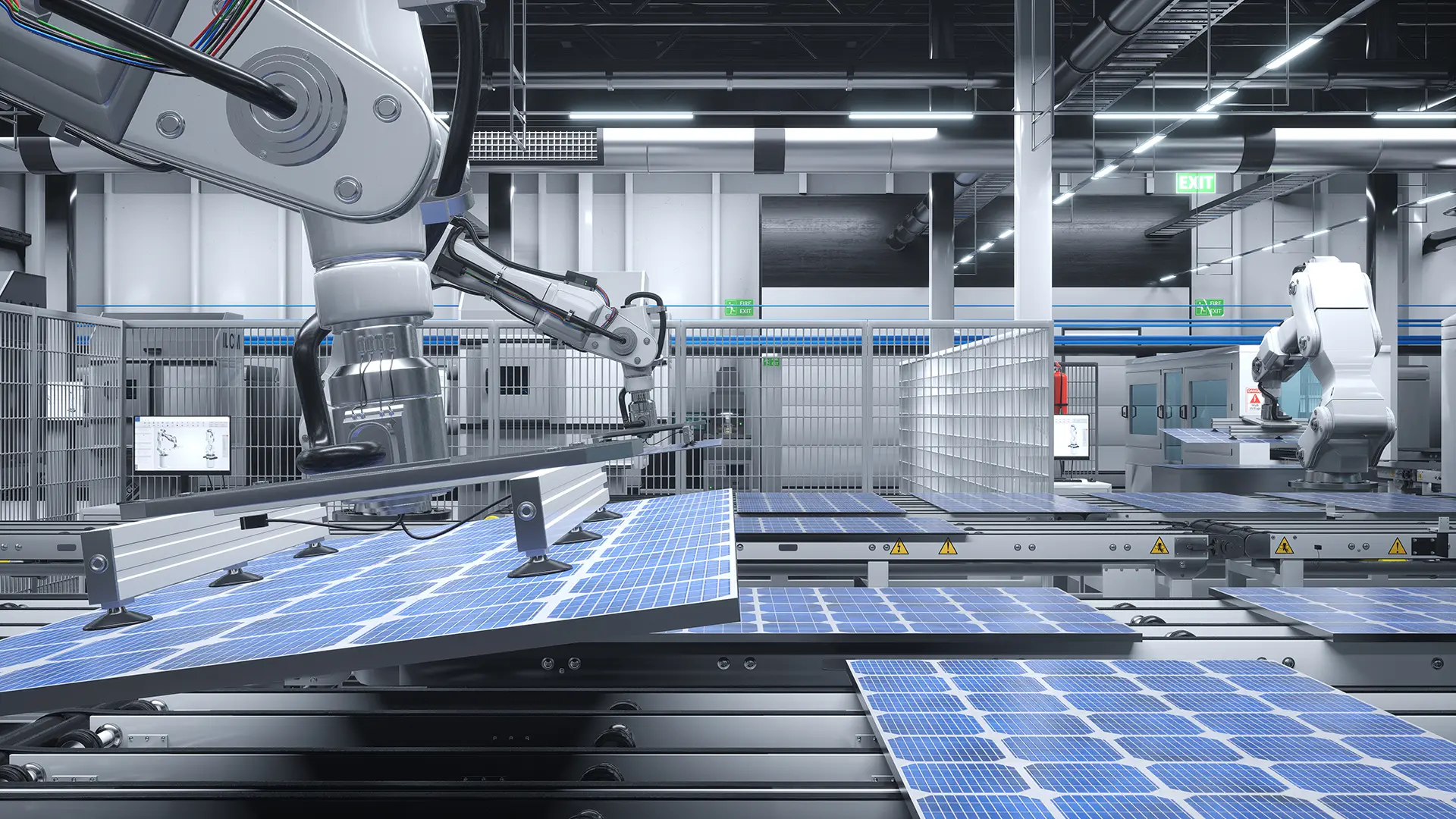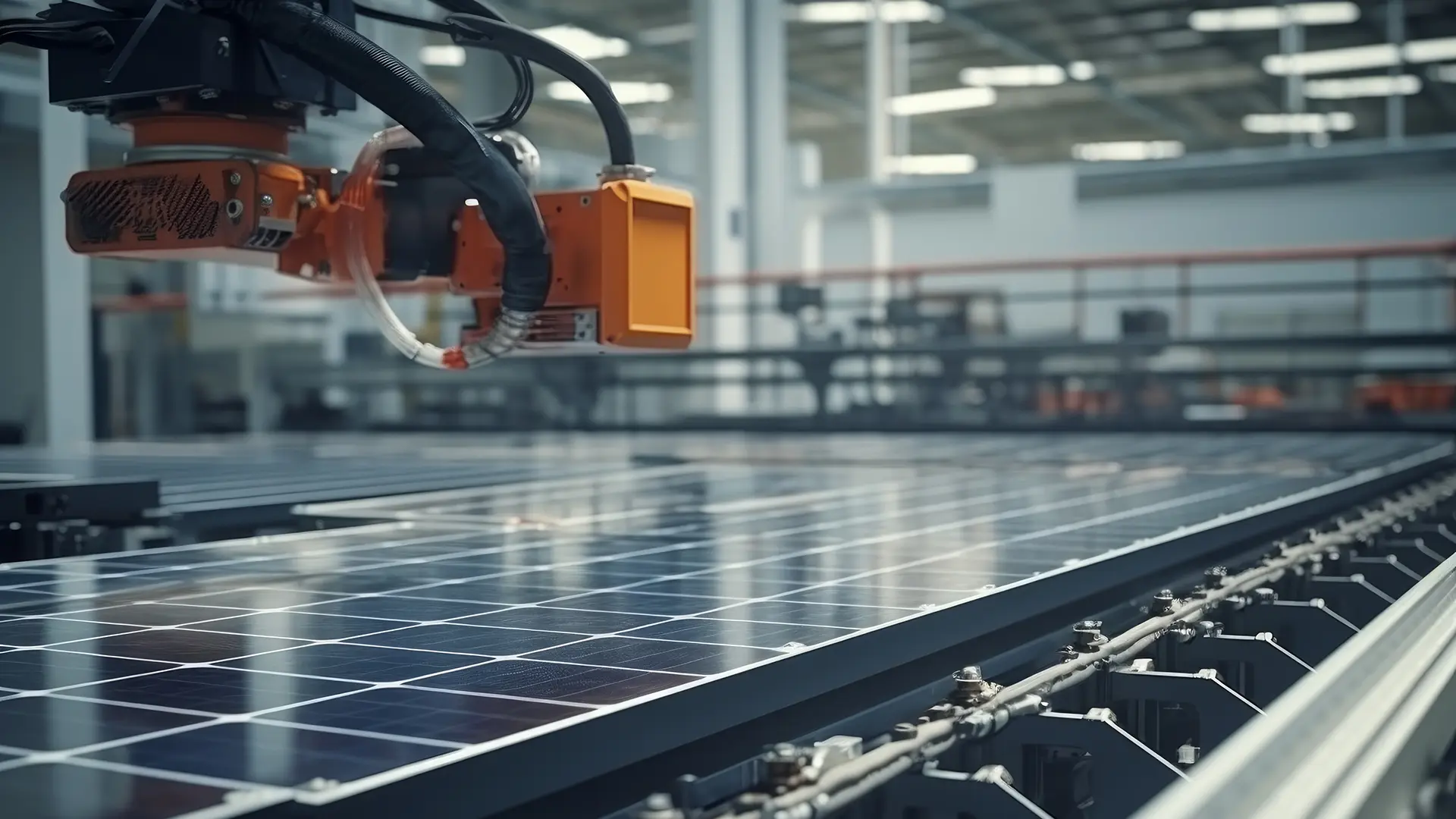Introduction: In the ever-expanding landscape of solar energy, technological advancements continually drive progress towards more efficient and cost-effective solar power solutions. Two such innovations that have significantly impacted the industry are Passivated Emitter and Rear Cell (PERC) technology and Tunnel Oxide Passivated Contact (TOPCON) technology. In this blog, we delve into the intricacies of PERC technology, exploring how it has revolutionized solar module efficiency and transformed the renewable energy landscape.
PERC TECHNOLOGY
What is PERC Technology?
At its core, PERC technology enhances the efficiency of solar cells by reducing recombination losses, which occur when generated electrons and holes recombine before they can be collected as electricity. The key to PERC’s effectiveness lies in its passivation layer, a thin film of dielectric material applied to the rear surface of the solar cell. This passivation layer serves to mitigate surface recombination, allowing more electrons and holes to reach the contacts and contribute to the electrical output of the cell.
How Does PERC Improve Efficiency?
By minimizing recombination losses, PERC technology boosts the efficiency of solar cells, resulting in higher power output per unit area of solar module. This translates to increased energy production and improved performance under real-world conditions, such as low light levels and high temperatures. Additionally, PERC technology enables solar modules to maintain their efficiency over time, as the passivation layer helps to mitigate degradation mechanisms that can occur during prolonged exposure to sunlight.
The Evolution of PERC Technology: PERC technology has undergone continuous refinement since its inception, with researchers and manufacturers exploring various approaches to further enhance its performance and scalability. Advances in materials science, surface passivation techniques, and manufacturing processes have led to significant improvements in PERC efficiency and reliability. Today, PERC-enabled solar modules are widely deployed across residential, commercial, and utility-scale solar projects, driving down the levelized cost of electricity (LCOE) and accelerating the adoption of solar energy worldwide.
Benefits of PERC Technology: The adoption of PERC technology offers several key benefits to solar module manufacturers, project developers, and end-users alike. These include Higher Efficiency. PERC-enabled solar modules achieve higher conversion efficiencies compared to conventional solar cells, resulting in greater energy yield per installed watt.
Improved Performance: PERC technology enhances the performance of solar modules in challenging environmental conditions, such as low light, shading, and high temperatures, ensuring reliable operation and maximum energy production over the module’s lifetime.
Cost-Effectiveness: Despite initial investment costs, PERC technology delivers a higher return on investment (ROI) due to increased energy generation and reduced levelized cost of electricity (LCOE) over the lifetime of the solar system.
Compatibility: PERC technology is compatible with existing manufacturing infrastructure and can be seamlessly integrated into standard solar module production lines, enabling rapid adoption and scalability.
Conclusion: In summary, PERC technology represents a significant milestone in the evolution of solar energy, driving efficiency improvements and cost reductions that are essential for the widespread adoption of renewable energy. As research and development efforts continue to push the boundaries of PERC technology, the future of solar power looks brighter than ever, with PERC-enabled solar modules playing a central role in powering a sustainable and resilient energy future.
TOPCON TECHNOLOGY
TOPCon (Tunnel Oxide Passivated Contact) solar technology is gaining prominence in the solar industry due to its high efficiency and improved performance characteristics.
Here’s a comprehensive overview of its key aspects and advantages:
- Lower Degradation Rates: TOPCon cells exhibit lower degradation rates compared to PERC cells, which translates to better long-term performance and reliability. This is a crucial factor for reducing the levelized cost of electricity (LCOE) over the lifespan of a solar project.
- Temperature Coefficient: TOPCon technology features a lower temperature coefficient (<0.3%/°C), which means it performs better in higher temperatures compared to PERC cells, enhancing overall efficiency in various climates.
- Bifacial Capability: Many TOPCon panels are bifacial, meaning they can capture light from both the front and rear sides. This capability significantly increases energy yield, particularly in environments with high albedo surfaces like snow or sand.
- Future Potential: Innovations continue in the TOPCon field, with expected advancements like tandem technology, which could push efficiency beyond 30%. This ongoing development positions TOPCon as a leading technology in the future of photovoltaic energy
In summary, TOPCon solar technology offers substantial benefits in terms of efficiency, long-term performance, and cost-effectiveness, making it a competitive choice for both residential and commercial solar installations







